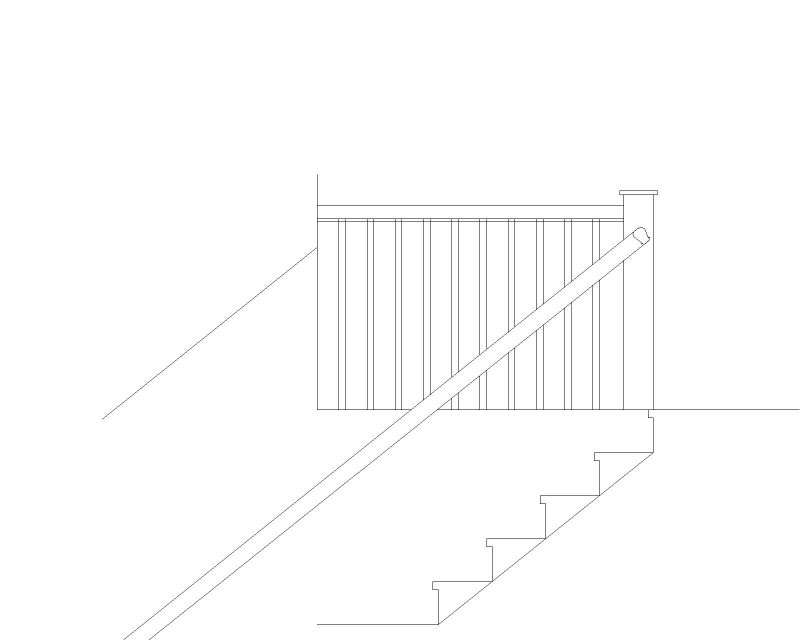Question
(WOODWEB Membrer):
A longtime friend emailed me this question earlier today. I have no idea as to the answer, so thought this a good place to start.
Why do they use holly for the exposed wood decking on boats? When you see nice boat decks, it is a teak/holly strip deck.
Forum Responses
(WOODnetWORK Forum)
From contributor G:
The teak and holly combo is only used in interior applications (the sole). You won't find it on the deck.
“Holly is used in cabin soles for several reasons. First, it is almost pure white, contrasting nicely with teak. Second, unlike many light hardwoods such as ash and oak, it does not permanently stain black when it gets wet, so it is not necessary to varnish a teak and holly sole.”
- from practical-sailor.com/marine/teakcabinsole.pdf
“This left the white wood "proud" of the teak. Traditionally the teak and holly was run fore and, so that the raised holly gave some non skid from side to side as the vessel heeled.”
- from thehulltruth.com/boating-forum/164870-teak-holly-flooring.html
"Nowadays, the “classic look” is more important than the non-slip aspect of the traditional woods and you can get various combinations."
On the high end yachts they actually use 1/4" teak veneers and vacuum bag them down in huge panels with black epoxy resin. Very slick to see the deck of a 100 foot boat done that way.
These teak decks are intentionally left unfinished so they always look dirty and gray. Do yourself a favor and leave the shiny teak and holly for the interior cabin sole. Or... call someone like me to come over and remove the whole worn out mess. (I've done it several times now.)
Question for contributor A: Maybe I misunderstand? Just how old do you have to be to remember a planked teak deck topside of a submarine (or aircraft carrier)? And... where is EB?
Shall we talk about teak? Plantation teak verses old growth Burmese teak? How about the ridiculously high price for any of it these days, resulting in production yacht builders eliminating most all of it.
I'm a 35 year old glutton of knowledge and my dad was a lifer engineer at the Boat.
They may still use teak on the walking decks. Don't laugh. Unfinished teak is highly slip resistant. Sounds kinda strange to the average woodworker who thinks gluing teak is God's work because it is oily. I have lived in the Mystic Connecticut area my whole life so I've learned a couple of things about boats of all types.
I have personally walked on a 120' racer/cruiser sailboat built in Maine that had 1/4" unfinished teak bonded down with epoxy, then the seams were filled with graphite thickened epoxy for the color and UV protection. They use floor sanders to smooth it out and it is a sight to behold. Keep in mind that the deck has a lot of curves and camber.
Your teak deck overlay set down in epoxy and vacuum bagged represents the state-of-the-art installation and the only teak deck I would recommend. The elimination of all the fasteners is the real reason this is now considered a good deck option.
A typical job today, however, for any boat wright or carpenter, is the removal of the old screwed-down teak planking and the repair of internally damaged and waterlogged deck-core materials. After that, the fiberglass or wood decks are typically resealed and coated with non-skid polyurethane paint. This is a nasty and expensive repair but the owners are usually relieved and happy when all the old teak is gone (believe me).
I don't know anything about submarines in Connecticut, but I do know about my own sailboat that I've lived on here in So Ca, as well as the many others I've worked on professionally over the years.
I would however take a bow and a back seat to the boys over at EB as well as the Mystic Connecticut boat wrights and sailors. And many thanks to your dad for helping build the boats that force every would-be-warmonger (foreign and domestic) to think twice.
I've been involved in a few repair jobs that you described. Removing soaking stinking wet balsa core is pretty nasty. Generally the problem is inferior construction, not the fastening of teak to decks. However, the vast majority of sailboats leak through the deck turnbuckle fittings anyway.
Yeah, there was a time when teak was used for everything. The decks of WW ll aircraft carriers and other ships were often completely covered in heavy teak planks. (Hundreds of ships and thousands of acres of teak.)
For generations, the Cheo Lee ship yards of Taiwan, built production boats and yachts completely out of solid teak. These fine vessels were exported all over the world and many of them are still around and looking good.
I do believe the Nautilus is in a museum someplace along with her black teak decks? This vessel has as much historical significance as the Union Monitor. Nothing would ever be the same after either one of them.
I am hoping that all the worlds' remaining supply of teak won't end up in a museum as well! Your dad must have many stories that he could tell but most of what goes on down at EB will never be told.
